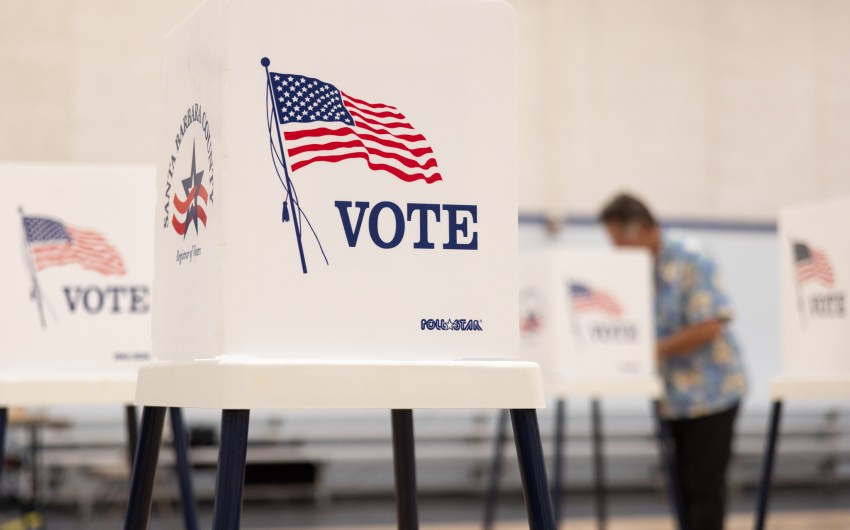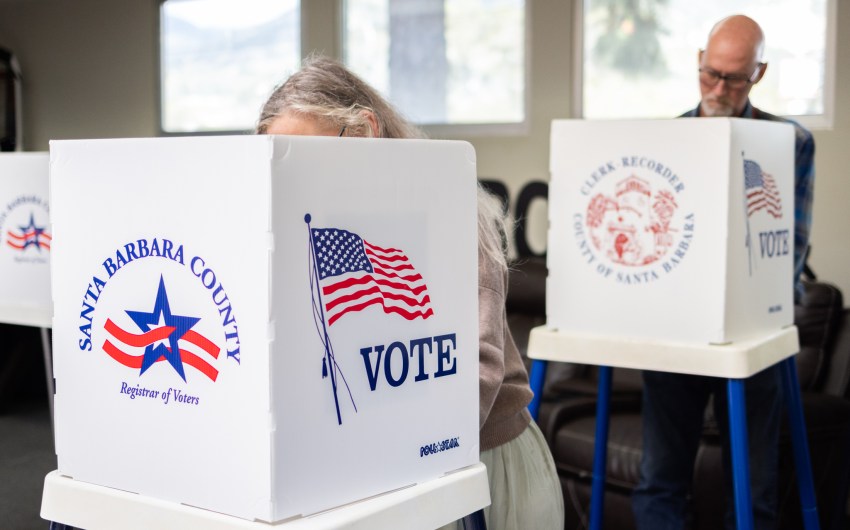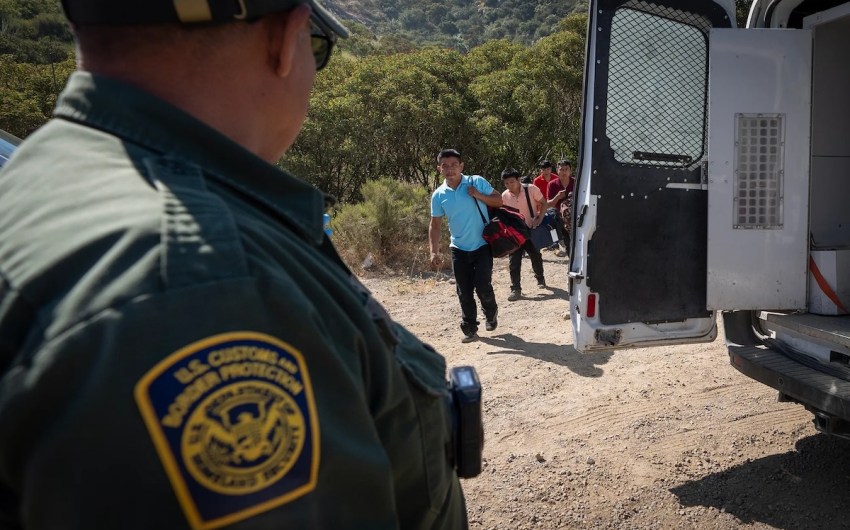Santa Barbara County Supervisors Weigh Bed-Tax Hike Against Cannabis Tax Reform
Board to Decide Next Month Which Tax Proposal to Put on November Ballot

The Santa Barbara County Board of Supervisors is pretty unanimous in its dissatisfaction with the current system for taxing legal cannabis cultivation — too many operators are not paying their full freight — but when it comes to actually trying to fix it, the board voted to cut the baby in half as to whether they wanted to cut the baby in half. Translated into simpler English, the supervisors voted 4-to-1 to bring a new-and-improved “hybrid” tax system back for consideration on June 18.
But that politically daunting effort — a four-vote supermajority is required to put the matter on the November ballot so voters can decide — has already been upstaged by the far more likely prospect that the supervisors will ask voters to approve a 2 percent increase on the bed tax charged by hotels, motels, and vacation rentals instead.
In the probability charts hatched by political scientists, the likelihood voters would approve two local tax measures on the same ballot in the same election are strained at best. Preliminary indications suggest the bed tax could generate $3 million to $4 million a year at a time when the county coffers are running low. Bed-tax increases are relatively painless propositions for voters actually casting the ballots — it’s the visitors and tourists who ultimately bear the pain — so the chances of success are relatively good. Because the bed-tax idea — not yet officially proposed — was not on the agenda, the supervisors could only allude to it and note its likelihood without indicating how much they wanted to support it.
In the meantime, the supervisors ground their bones and gnashed their teeth over last-minute word smithery when it comes to changing how cannabis cultivation is taxed. When cannabis cultivation was decriminalized, county residents voted to tax the crop based on gross revenues generated. That method has proved problematic because certain growers haven’t reported any gross revenues or only partially reported. Even so, cannabis has managed to generate $50 million in revenues for the county over the past five years, noted Supervisor Steve Lavagnino, one of the new industry’s staunchest supporters, and was the sole dissenting vote in the 4-1 decision.
The supervisors are now looking to introduce a new tax scheme based on square footage rather than revenues generated. That sounds simpler than it is because it raises broader questions of what tax rates for what type of products and indoor versus outdoor. If and when the bloom comes back on the industry — something Supervisor Das Williams said is happening now — the square-footage approach won’t allow the county to reap its share of the good times. In response, Supervisor Joan Hartmann proposed a hybrid system, but Williams worried about any system that would allow a majority of supervisors to jack up the rates by any amount they wanted on any given Tuesday, assuming they had three votes.
Ultimately, any tax change destined to go before the electorate needs four votes to get on the ballot. Even without the prospect of a higher bed tax on hotels, it’s doubtful the supervisors can muster the four votes needed. With it, passage appears even more daunting still. It should be noted that, if the changes to cannabis taxation are implemented, it is estimated to generate revenue in the hundreds of thousands of dollars range, whereas the hike in bed tax — from 12 to 14 percent — would generate within the ballpark of $3 million.
The bed-tax question will be before the supervisors on June 4. The drop-dead deadline for the supervisors to get any tax measure on the November ballot is June 25.










